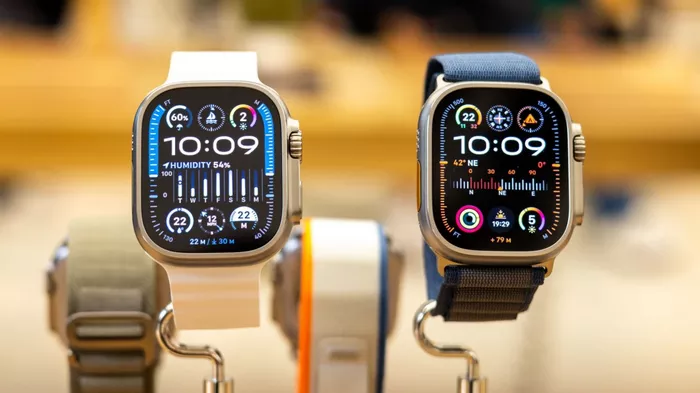In the ever-evolving world of technology, Apple is known for introducing features that just work seamlessly, creating a magical user experience. However, even the tech giant occasionally encounters challenges. Case in point: the Apple Watch’s “Double Tap” feature, which, when it works, is nothing short of magical. This feature allows users to control their Apple Watch without touching the screen, responding to gestures that feel intuitive and effortless.
The concept is simple: a quick double-tap with thumb and forefinger, and the Apple Watch responds by performing the primary action related to the active notification or app. For instance, in a call, it answers or ends the call, and in the stopwatch app, it starts the stopwatch. It’s precisely the kind of intuitive and seamless interaction that Apple excels at delivering.
However, there’s a catch. “Double Tap” doesn’t work universally across all apps, and that’s where it deviates from Apple’s “just works” philosophy. When attempting to use “Double Tap” within certain third-party apps like PocketCasts, it doesn’t respond as expected. Instead, it displays a small icon at the top of the screen, indicating that the gesture was detected but can’t be utilized within that app. This inconsistency creates a less-than-magical user experience.
The root of the problem lies in the absence of an API (Application Programming Interface) for third-party developers to make their apps compatible with “Double Tap.” Apple has clarified that apps using the notification API can signal the primary action, enabling “Double Tap” to control it. However, many Apple apps also don’t fully support this feature. For instance, it doesn’t work in the workout app, where one might expect it to pause or stop a workout in progress.
Apple’s approach to “Double Tap” seems to require some rethinking. The feature should ideally function as a system-level interface, much like Apple’s accessibility gestures. These accessibility gestures work consistently across all apps without developers having to implement additional support. For users, the experience should be smooth, regardless of whether they are interacting with Apple’s native apps or third-party software.
In essence, while “Double Tap” remains a favorite Apple Watch feature for many, there’s room for improvement. Ensuring that it consistently lives up to the Apple standard of delivering seamless, intuitive, and magical experiences is key. “Double Tap” should indeed work, and it should work everywhere, effortlessly responding to the user’s intent, irrespective of the app they are using.
As technology continues to advance, Apple is known for setting the standard in user experience, and it’s likely that they will refine “Double Tap” to match their reputation for delivering features that “just work.”

